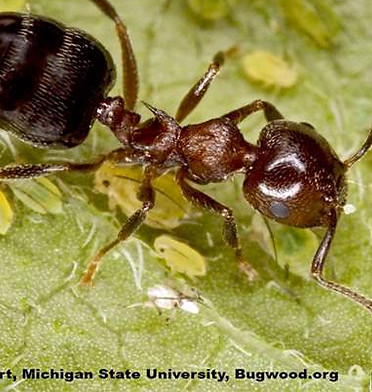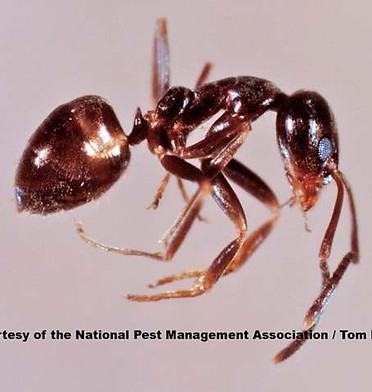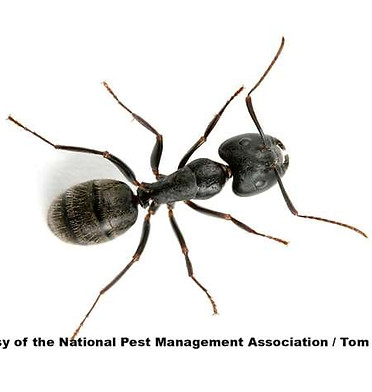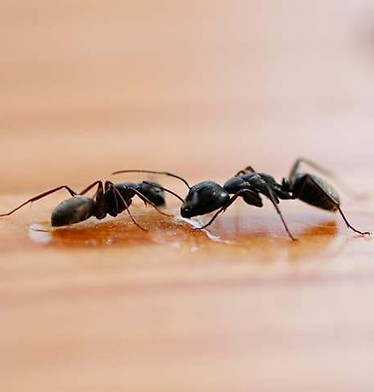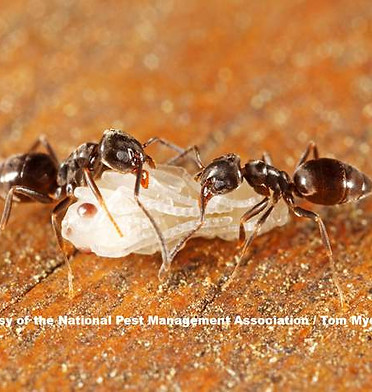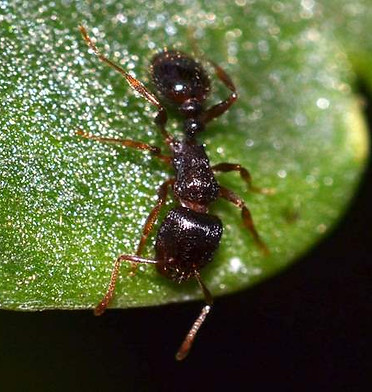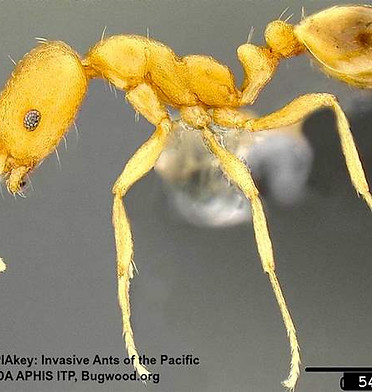
ANTS
Scientific Name: Formicidae
Lifespan: Queens 3-30 years. Workers 3 to 6 months. Varies.
Problem: Home invaders. Swarm sugars and food.
With ants being the number one nuisance pest in the U.S., ant control is now more important than ever! There are more than 700 different ant species found in the U.S. – although only about 25 species commonly infest homes. Ants are social insects that typically live in underground colonies, made up of workers and at least one queen. Ants will eat practically any kind of food, but are especially attracted to sugars and proteins.
Ant control in a structure is often attempted as a do-it-yourself project. This approach may work for very small infestations but when left untreated, ants can literally take over that structure. In fact, an established colony may take several weeks to eradicate.
Household ant problems often start outdoors where landscaping, cracks, and gaps provide and entry point for a colony to invade. PestForce has an ant control program designed to manage ant colonies inside and outside the structure. It provides an intensive initial service using a combination of surface treatments, baits and pest proofing to bring the ant problem under control.
The rule of thumb, to manage any pest, is to start by eliminating sites where they can harbor, hide, and breed, and to cut off their food and water sources. Pests seek these things when looking for a place to live, and by removing or limiting one or more of these aspects, it will help make the property less attractive to them.
For example, food should be kept in sealed containers – removing the food source for ants and other insects. Ants look for moisture, so be sure to keep cracks and crevices caulked. It is also important to keep areas like bathrooms as dry as possible following showers. Ant colonies send out scouting ants to conduct reconnaissance in search of food and water. Other ants from the colony are led to the food and water sources by following pheromone trails left behind by these scouts.
Ants are among the most prevalent pests in households. But they can also invade anywhere they can find plenty of food, water and shelter. Any time you are dealing with food on a frequent basis, you run the risk of having an ant or other pest infestation. Dealing with an ant issue is never fun, but when you’re trying to run a restaurant or other commercial business it can be downright worrisome. If customers happen to see ants running around, or worse yet, in their food, the business runs the risk of losing valuable revenue and continued patronage.
ANT TRIVIA
-
There are more than 12,000 species of ants all over the world.
-
An ant can lift 20 times its own body weight. If a second grader was as strong as an ant, she would be able to pick up a car!
-
Some queen ants can live for many years and have millions of babies!
-
Ants don’t have ears. Ants "hear" by feeling vibrations in the ground through their feet.
-
When ants fight, it is usually to the death!
-
Queen ants have wings, which they shed when they start a new nest.
-
Ants don’t have lungs. Oxygen enters through tiny holes all over the body and carbon dioxide leaves through the same holes.
-
When the queen of the colony dies, the colony can only survive a few months because the Queen is rarely replaced and the workers are not able to reproduce

